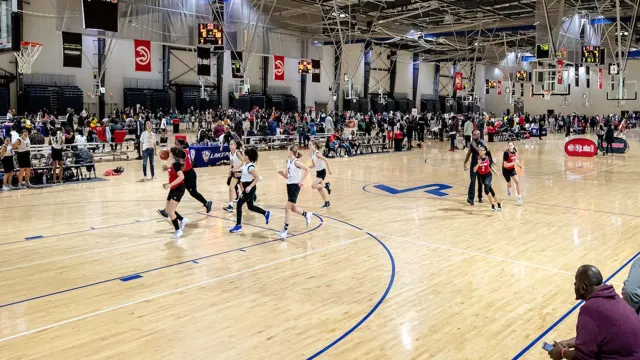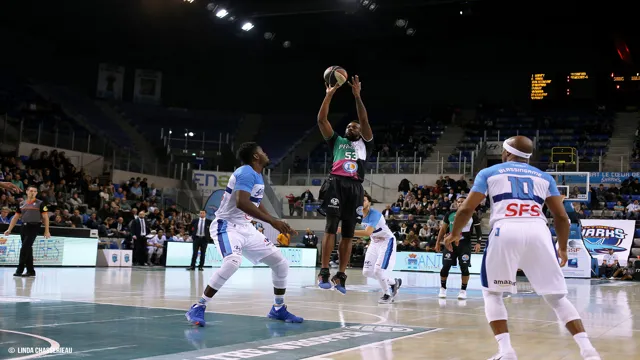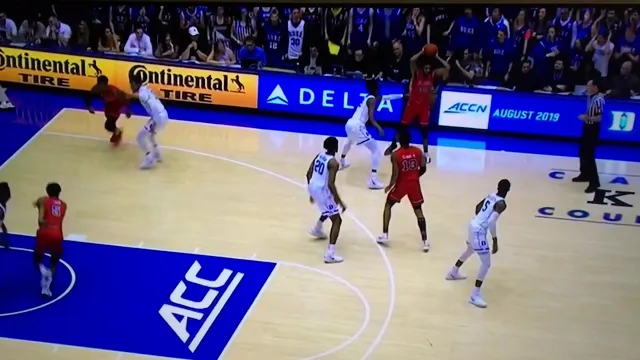Basketball is a fast-paced and exciting sport that requires a team to work together seamlessly in order to achieve success on the court. To optimize their performance, players assume specific roles known as basketball positions. These positions define the responsibilities and areas of expertise for each player. In this article, we will explore the various basketball positions, their roles, and how they contribute to the team’s overall strategy and success.
Introduction: The Importance of Basketball Positions
Basketball positions play a vital role in the team’s success. Each position has its own set of responsibilities and requires specific skills. Understanding these positions is crucial for players, coaches, and fans to appreciate the intricacies of the game.
Point Guard: The Floor General
The point guard, often referred to as the floor general, is responsible for orchestrating the team’s offense. They are the primary ball-handler and playmaker, setting up plays, distributing the ball, and directing the team’s movements on the court.
Shooting Guard: The Scoring Threat
The shooting guard is typically the team’s best perimeter shooter. They excel in scoring points through jump shots, three-pointers, and driving to the basket. Shooting guards are often relied upon to create their own scoring opportunities and contribute to the team’s offensive firepower.
Small Forward: The Versatile Wing
The small forward is a versatile player who can contribute in multiple ways. They possess a combination of shooting, ball-handling, and defensive skills. Small forwards can score, rebound, and defend against both guards and forwards, making them valuable assets on the court.
Power Forward: The Interior Dominator
The power forward is known for their physical presence and dominance near the basket. They excel in scoring close to the rim, grabbing rebounds, and providing interior defense. Power forwards are instrumental in setting screens, creating scoring opportunities for teammates, and securing second-chance points.
Center: The Defensive Anchor
The center is typically the tallest player on the team and serves as the defensive anchor. They protect the rim, block shots, and grab rebounds. Centers also contribute offensively by scoring close to the basket and setting screens to create scoring opportunities for teammates.
Sixth Man: The Versatile Substitute
The sixth man is a valuable player who provides a spark off the bench. They have the flexibility to play multiple positions and contribute in various ways. The sixth man often brings energy, scoring, and defensive prowess to the team when the starters need rest or during crucial moments in the game.
Coach’s Strategy: Utilizing Different Positions
Coaches strategically utilize different positions to exploit the strengths of their players and counter the opponent’s tactics. They design offensive and defensive systems that maximize the effectiveness of each position while adapting to the game’s flow and circumstances.
Offensive and Defensive Systems
Teams employ various offensive and defensive systems based on their players’ strengths and the style of play they want to implement. These systems dictate player movement, positioning, and roles within the team’s strategy. Understanding these systems is essential for players to excel in their respective positions.
Player Development and Positional Skills
Developing specific skills related to each position is crucial for players’ growth and success. Coaches and trainers focus on enhancing ball-handling, shooting, passing, defense, and other positional skills to optimize performance on the court. Players must continuously work on honing their abilities to excel in their roles.
The Evolution of Basketball Positions
Basketball positions have evolved over time due to changes in the game’s style, rules, and player versatility. Traditional positions have expanded, with players now expected to possess a broader skill set. This evolution has led to more dynamic and exciting gameplay.
Famous Players in Each Position
Throughout basketball history, numerous legendary players have made their mark in each position. From Magic Johnson and Stephen Curry to LeBron James and Shaquille O’Neal, these players have showcased excellence and redefined their respective positions.
Common Challenges Faced by Different Positions
Each position presents unique challenges that players must overcome. Point guards face pressure to make quick decisions, shooting guards deal with tight defense, small forwards require versatility, power forwards battle physicality, and centers contend with size mismatches. Understanding these challenges helps players prepare and adapt accordingly.
Tips for Aspiring Players
For aspiring basketball players, here are some essential tips to succeed in their chosen positions:
- Master the fundamentals of the game.
- Develop position-specific skills.
- Stay physically fit and maintain a healthy lifestyle.
- Study and learn from experienced players.
- Embrace continuous improvement and hard work.
Conclusion
Basketball positions are the backbone of team strategy and success. Each position contributes uniquely to the team’s performance, emphasizing specialized skills and responsibilities. By understanding the roles and challenges of different positions, players, coaches, and fans can appreciate the game on a deeper level.
FAQs
- Q: What is the most important basketball position?
- A: All positions are crucial in their own way, but the point guard is often considered the most important due to their role as the team’s primary playmaker.
- Q: Can players switch positions?
- A: Yes, players can switch positions based on their abilities, team needs, and coach’s strategy.
- Q: Are there height requirements for each position?
- A: While height can be an advantage in certain positions like center, it is not a strict requirement. Skill, athleticism, and basketball IQ play significant roles in position assignments.
- Q: How can a player determine their ideal position?
- A: A player’s ideal position depends on their skills, physical attributes, and personal preferences. Trying out different positions and receiving guidance from coaches can help determine the best fit.
- Q: Are there any famous players who have excelled in multiple positions?
- A: Yes, players like LeBron James and Larry Bird have showcased their versatility by excelling in multiple positions throughout their careers.


